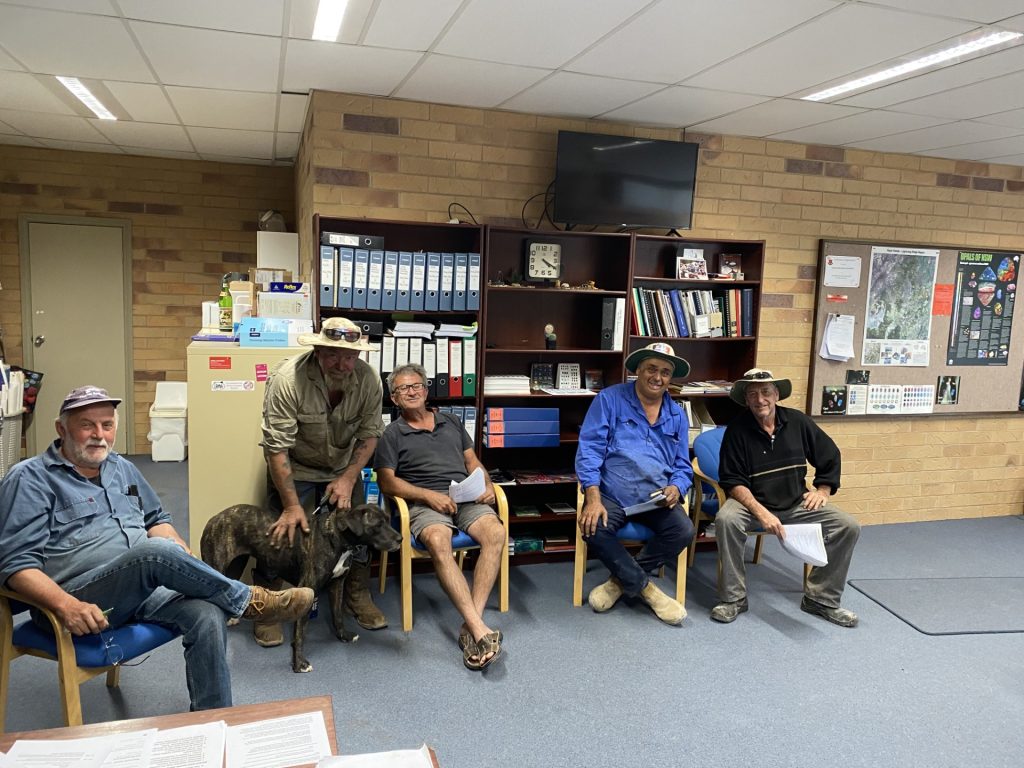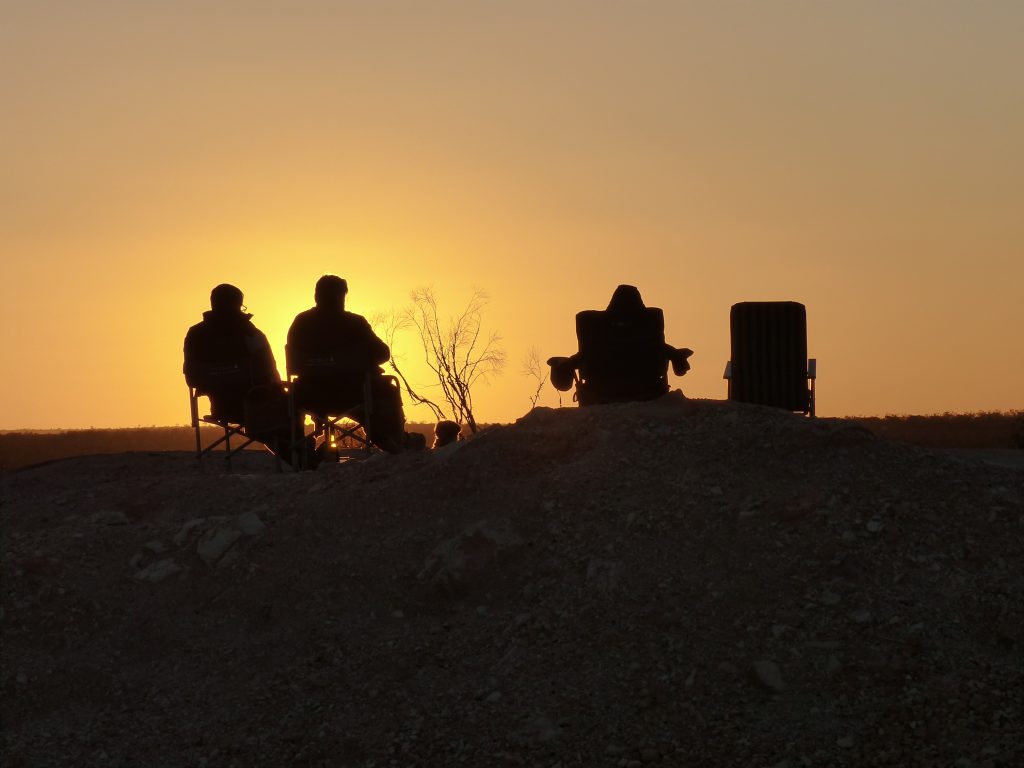Lightning Ridge, a remote town on the edge of outback New South Wales, holds the distinction of being the world’s premier source of black opals. For over a century, its dusty, rugged terrain has been the site of passionate activity, as small-scale miners dig beneath the surface, hoping to unearth one of these rare and valuable gemstones. The town is not just a place of mining history and folklore, but a vibrant community built on the backs of those who seek fortune in the earth.
However, the future of opal mining in Lightning Ridge is at a crossroads. Small-scale miners, those who have long been the backbone of this community, are now grappling with the increasingly complex bureaucratic processes and compliance requirements imposed by the NSW Department of Mining, Exploration and Geoscience. These miners, operating with limited resources and minimal technology, find themselves disproportionately affected by a statutory framework that was not designed with their unique circumstances in mind.

Left to right:
President Sebastian Deisenberger, Michael Cooke (with his side kick Pearl), Frederic Mallouk, Jason Stone and Garth Middleton.
The recent independent review of the statutory framework for small-scale mining, commissioned by NSW’s Minister for Natural Resources, The Hon. Courtney Houssos, has stirred concern and hope in equal measure. As the town’s miners work through the findings, many wonder if the review will lead to the tangible changes needed to safeguard their livelihoods, or if it will instead reinforce a system that threatens to push them out of the industry altogether.
The Unique Nature of Opal Mining in Lightning Ridge
Opal mining in Lightning Ridge stands apart from other types of mineral extraction. Rather than large-scale industrial operations, it is often undertaken by individuals or small partnerships who claim small plots of land, known as “claims,” and spend years searching for opal deposits. The process is slow and labour-intensive, with many miners working without the advanced machinery or financial backing that larger mining corporations possess. For many, it is not just a means of making a living but a way of life, deeply connected to the identity of the town.
Over the years, opal mining has transformed this once barren land into a thriving community. Lightning Ridge and the surrounding Walgett Shire are now home to several attractions that draw visitors to experience its rugged charm. Chief among these are the bore baths in Lightning Ridge, Burren Junction, and Walgett. These artesian baths, fed by water from the Great Artesian Basin, some two million years old, are a popular destination for those seeking relaxation in water naturally heated to a consistent 41.5 degrees Celsius.
Further enhancing the town’s profile is the under-construction Australian Opal Centre. This nationally significant museum, designed as an energy-efficient two-storey underground structure, will house glittering opal treasures and tell the stories of those who found them. When completed, it will feature exhibitions on opal mining technology, fossils, and the culture of opal fields, as well as a unique underground Gondwanan Garden filled with ancient plant species, offering a glimpse into the region’s prehistoric past.
The Independent Review and Its Implications
The independent review of the statutory framework for small-scale mining comes after a departmental audit revealed that 3,343 mineral claims in Lightning Ridge and White Cliffs were affected by invalid decisions. The review, led by former Land and Environment Court Judge, the Hon. Terry Sheahan AO with the support of law firm Norton Rose Fulbright Australia, was tasked with evaluating the Mining Legislation of NSW’s impact on small-scale miners. It aims to assess the financial and environmental burdens they face, as well as the overall efficiency of the current title system.
For the miners of Lightning Ridge, the stakes are high. The hope is that the review will result in a more streamlined and user-friendly process for obtaining and maintaining mining titles. One of the key proposals is to introduce “over-the-counter” title applications and to amend the Access Management Plans, ensuring that miners retain access to land even if it changes ownership, without having to go through the costly and time-consuming Land and Environment Court process.
Additionally, the miners are advocating to open the remaining Opal Prospecting Area 4 (OPA). Not being able to mine where grazing land meets the black soil adjoins the opal-rich ridges is a grave concern. They are keen to emphasise that they do not seek access to mine agricultural land but rather aim to coexist with landholders, ensuring that both mining and farming can thrive alongside one another.
Unreasonable rehabilitation standards that would enforce mines previously worked to be open cut would also prove to be economically crippling and not viable to our way of mining.
A Future in Jeopardy
At its core, the debate surrounding the Mining Act and its effect on small-scale miners in Lightning Ridge is about more than just regulation. It is about the survival of a way of life that has sustained this community for over a century. For many miners, the appeal of Lightning Ridge lies not only in the potential to find opals but in the independence and resilience that come with working for oneself. The community has thrived on this spirit of self-reliance, and any changes to the statutory framework must take this into account.
The President of the Lightning Ridge Miners’ Association Sebastian Deisenberger, along with the Board of Directors, have been tirelessly meeting together to discuss the review point by point. A government appointed working group comprising of the LRMA and other stakeholders is being formed to discuss the review’s findings with the minister. They hope that the outcome will protect small-scale miners from being overwhelmed by bureaucratic red tape and allow them to continue contributing to the local economy and culture.
As the review progresses, the miners and the broader Lightning Ridge community await a decision that could determine their future. The black opal, a symbol of resilience and hope, reflects the spirit of the miners who seek it. The question now is whether the NSW government will evolve its policies to support this unique and vital community or whether the weight of regulation will stifle the industry that has sustained it for generations. The outcome of this review could shape the future of Lightning Ridge for many years to come.



